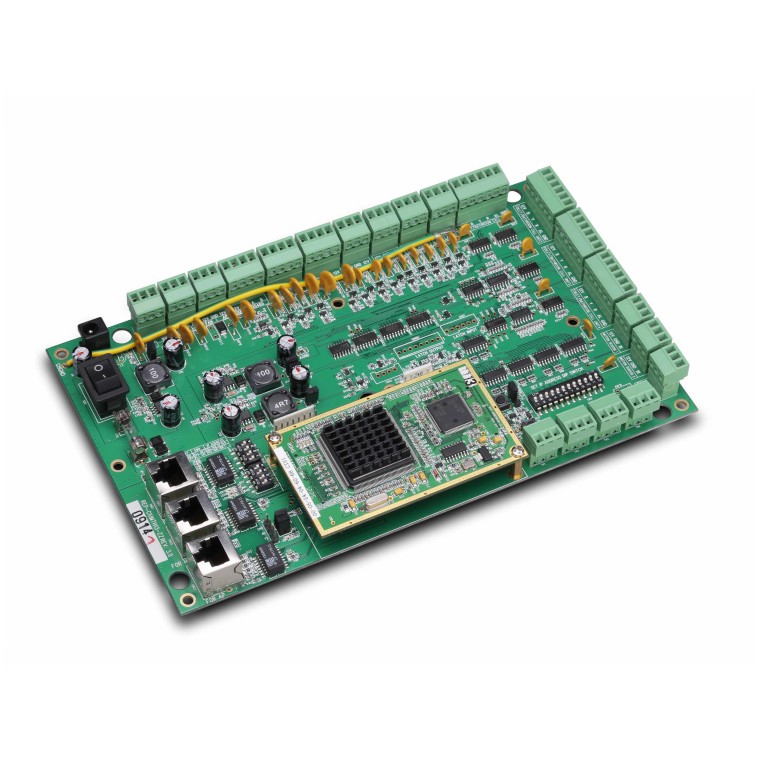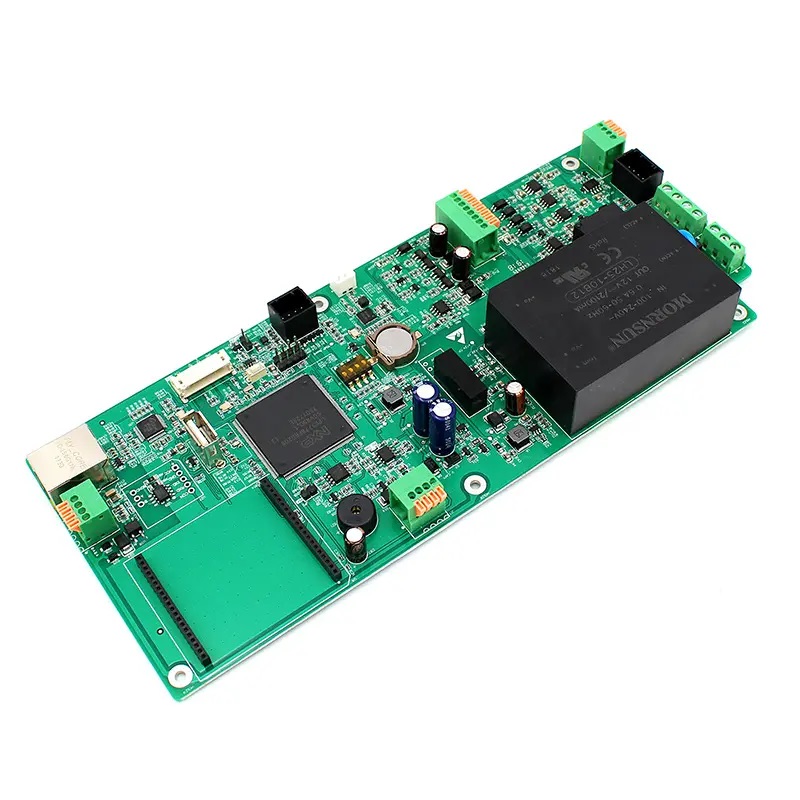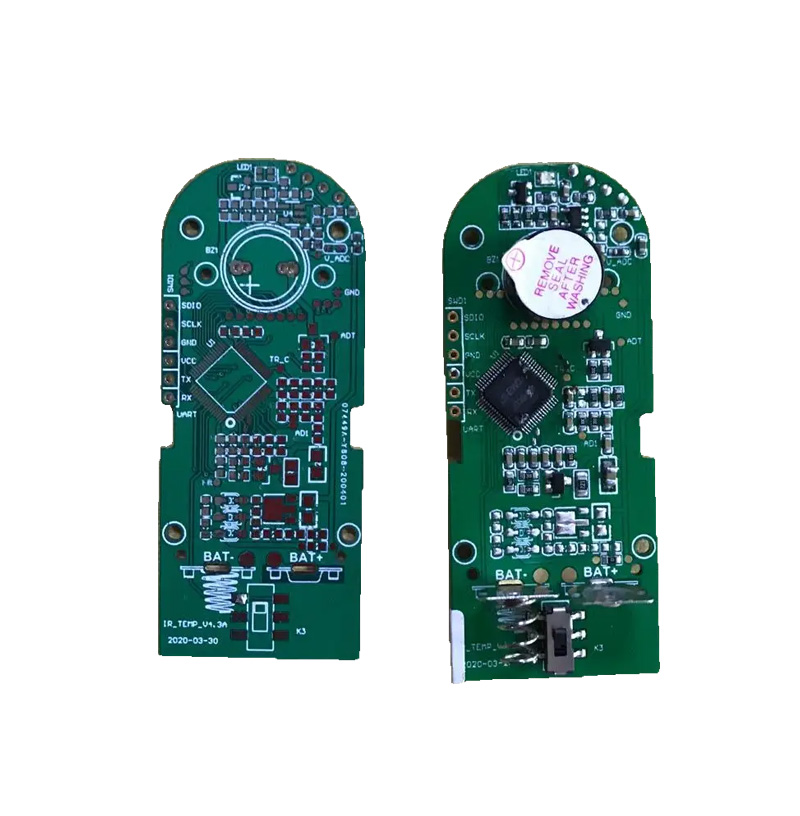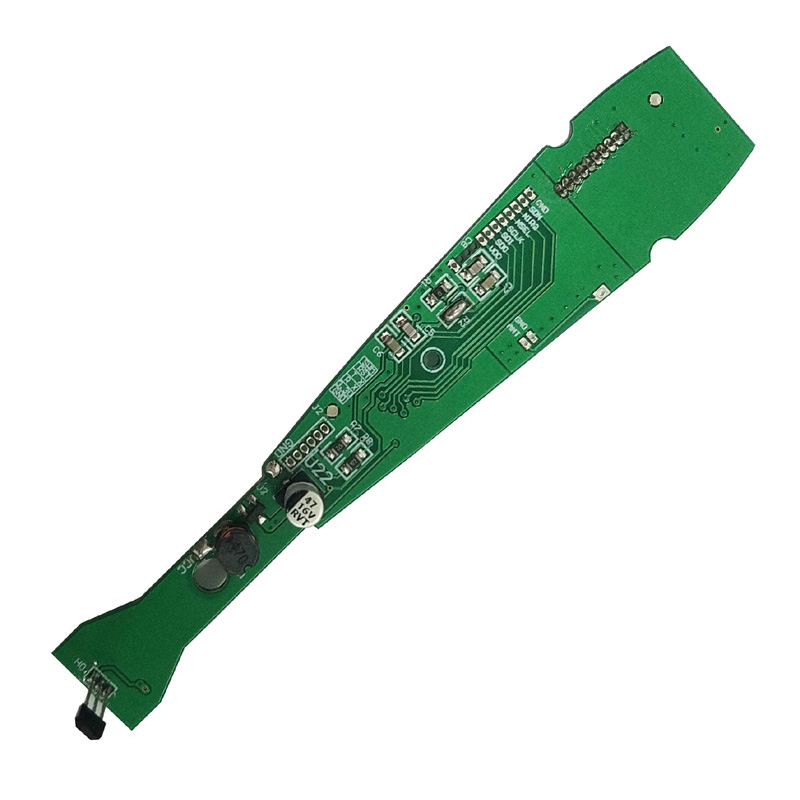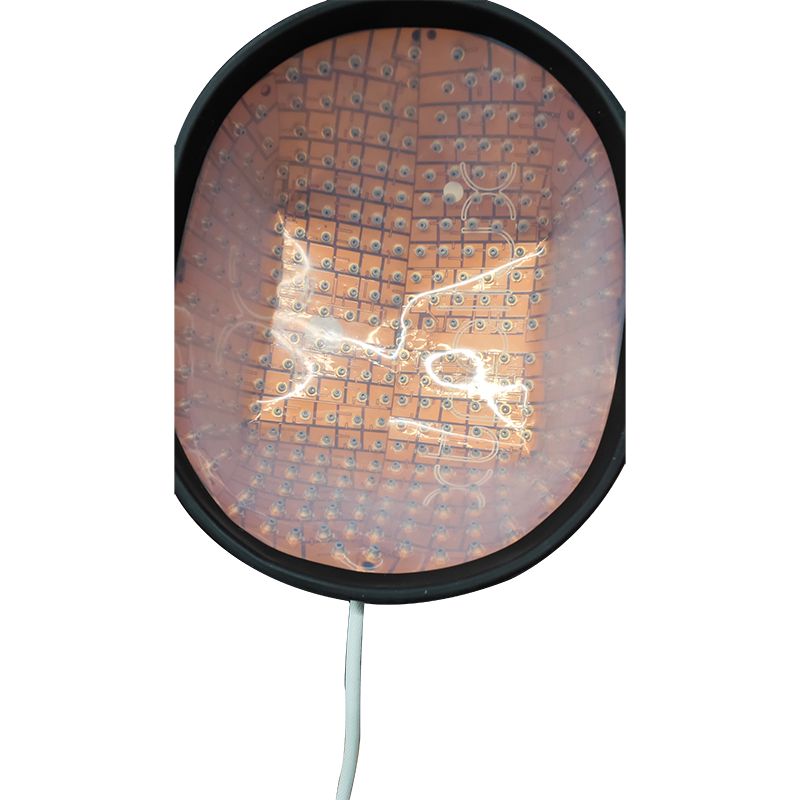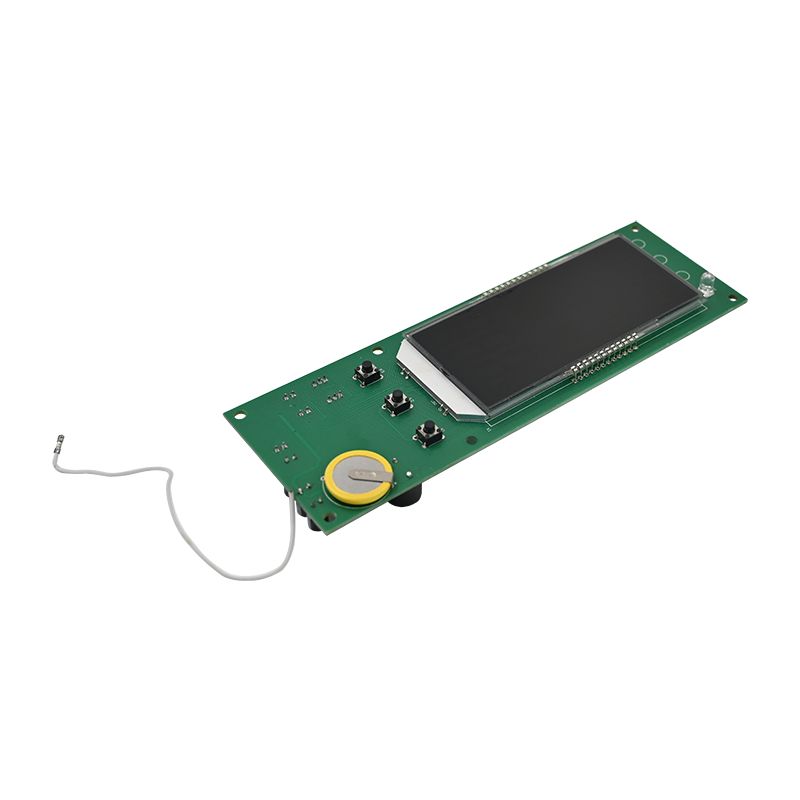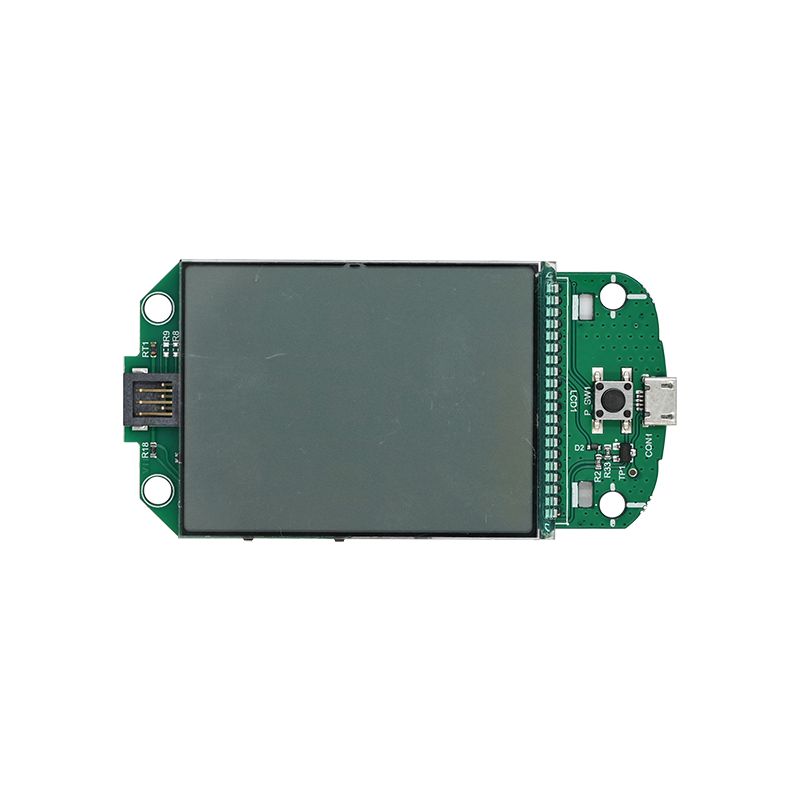- English
- Español
- Português
- русский
- Français
- 日本語
- Deutsch
- tiếng Việt
- Italiano
- Nederlands
- ภาษาไทย
- Polski
- 한국어
- Svenska
- magyar
- Malay
- বাংলা ভাষার
- Dansk
- Suomi
- हिन्दी
- Pilipino
- Türkçe
- Gaeilge
- العربية
- Indonesia
- Norsk
- تمل
- český
- ελληνικά
- український
- Javanese
- فارسی
- தமிழ்
- తెలుగు
- नेपाली
- Burmese
- български
- ລາວ
- Latine
- Қазақша
- Euskal
- Azərbaycan
- Slovenský jazyk
- Македонски
- Lietuvos
- Eesti Keel
- Română
- Slovenski
- मराठी
- Srpski језик
Smart Treadmill PCBA
Send Inquiry
If you are looking for a comprehensive selection of Smart Treadmill PCBA manufactured in China, Unixplore Electronics is your ultimate source. Their products are priced very competitively and accompanied by top-notch after-sales service. Moreover, they have been actively seeking WIN-WIN collaborative relationships with customers from all over the world.
Designing the PCBA (Printed Circuit Board Assembly) of a smart treadmill is a complex task that requires expertise. Here are some basic steps and considerations to help you understand how to design a smart treadmill PCBA:
Demand analysis:
Determine the functional requirements of the smart treadmill, such as speed control, heart rate monitoring, step counting, networking functions, etc.
Based on functional requirements, determine the required circuit components and modules, such as sensors, microcontrollers, communication modules, etc.
Circuit design:
Use circuit design software (such as AutoCAD Electrical, EAGLE, Altium Designer, etc.) to draw the PCB layout.
Consider the layout and wiring of components in the design to ensure the stability and reliability of signal transmission.
Pay attention to the size of the circuit board to fit the internal structure of the smart treadmill.
Component selection and procurement:
According to the circuit design, select components and modules that meet the requirements.
Consider component reliability, durability and cost.
Procurement of required components and modules ensures quality and supply stability.
PCB production:
Send the designed PCB layout to a professional PCB manufacturer for production.
The manufacturer will perform etching, drilling, welding and other processes according to the layout to produce the finished PCB.
PCBA assembly:
Solder the purchased components and modules to the PCB according to the circuit design requirements.
Carry out necessary testing and debugging to ensure the PCBA is functioning properly.
Integration and testing:
Integrate PCBA into the overall structure of the smart treadmill.
Conduct comprehensive functional testing and performance testing to ensure that all functions of the smart treadmill operate normally.
Optimization and iteration:
Optimize and improve PCBA based on test results and user experience feedback.
Continuously iterate designs to improve the performance and user experience of smart treadmills.
It should be noted that designing the PCBA of a smart treadmill requires certain professional knowledge in electronic engineering, circuit design and PCB production. If you do not have this expertise, it is recommended to seek help from a professional team or company. At the same time, ensure compliance with relevant safety standards and specifications during the design process to ensure product safety and reliability.
* Blank PCB made, components purchased by us
* PCB fabrication with parts fully assembled
* 100% Function Tested OK before shipping
* RoHS compliant, Lead-free manufacturing process
* Quick delivery, with independent ESD package
* One stop electronic manufacturing service for PCB design, PCB layout, PCB manufacture, components procurement, PCB SMT and DIP assembly, IC programming, function test, packaging and delivery
| Parameter | Capability |
| Layers | 1-40 layers |
| Assembly Type | Through-Hole (THT), Surface Mount (SMT), Mixed (THT+SMT) |
| Minimum Component Size | 0201(01005 Metric) |
| Maximum Component Size | 2.0 in x 2.0 in x 0.4 in (50 mm x 50 mm x 10 mm) |
| Component Package Types | BGA, FBGA, QFN, QFP, VQFN, SOIC, SOP, SSOP, TSSOP, PLCC, DIP, SIP, etc. |
| Minimum Pad Pitch | 0.5 mm (20 mil) for QFP, QFN, 0.8 mm (32 mil) for BGA |
| Minimum Trace Width | 0.10 mm (4 mil) |
| Minimum Trace Clearance | 0.10 mm (4 mil) |
| Minimum Drill Size | 0.15 mm (6 mil) |
| Maximum Board Size | 18 in x 24 in (457 mm x 610 mm) |
| Board Thickness | 0.0078 in (0.2 mm) to 0.236 in (6 mm) |
| Board Material | CEM-3,FR-2,FR-4, High-Tg, HDI, Aluminum, High Frequency, FPC, Rigid-Flex, Rogers, etc. |
| Surface Finish | OSP, HASL, Flash Gold, ENIG, Gold Finger, etc. |
| Solder Paste Type | Leaded or Lead-Free |
| Copper Thickness | 0.5OZ – 5 OZ |
| Assembly Process | Reflow Soldering, Wave Soldering, Manual Soldering |
| Inspection Methods | Automated Optical Inspection (AOI), X-ray, Visual Inspection |
| Testing Methods In-House | Functional Test, Probe Test, Aging Test, High and Low Temperature Test |
| Turnaround Time | Sampling: 24 hours to 7 days, Mass Run: 10 - 30 days |
| PCB Assembly Standards | ISO9001:2015; ROHS, UL 94V0, IPC-610E class ll |
● Smart treadmill PCBA Function test fixture customized according to client’s test requirements
● Box building service including plastic & metal case mold and part production
● Conformal coating including selective lacquer coating, epoxy resin potting
● Wire harness and cable assembly
● Finished product assembly including box, screen, membrane switch, labelling and customized carton or retail box packing.
● Various third-party tests for PCBA are available upon request
● Product Certification Assistance
-
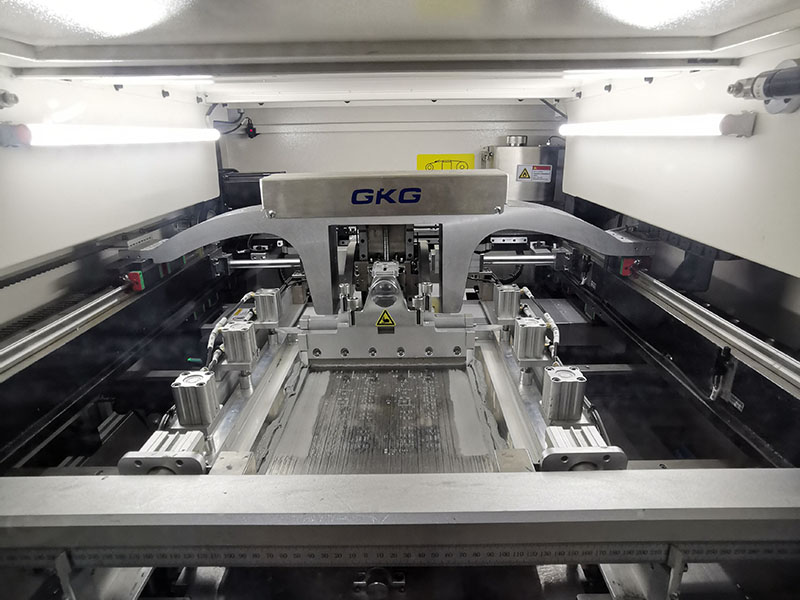
1. Automatic solderpaste printing
-

2. solderpaste printing done
-

3. SMT pick and place
-
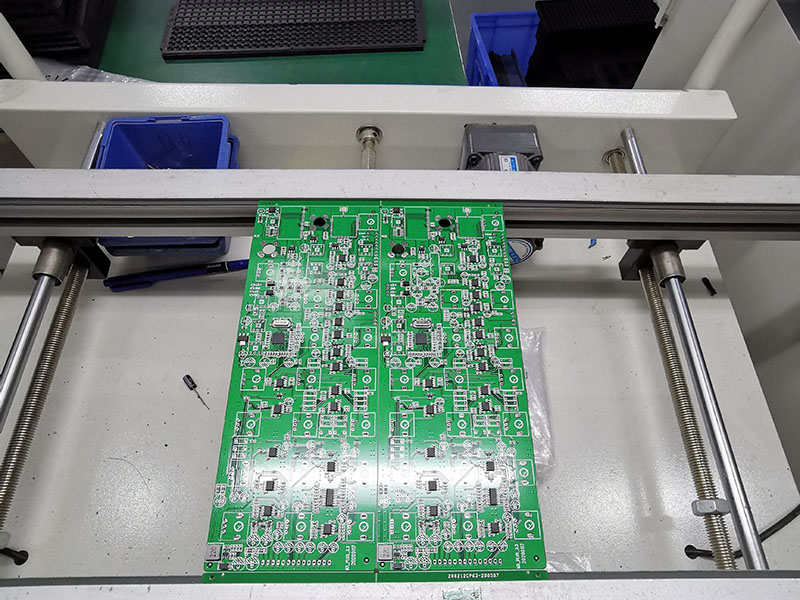
4. SMT pick and place done
-
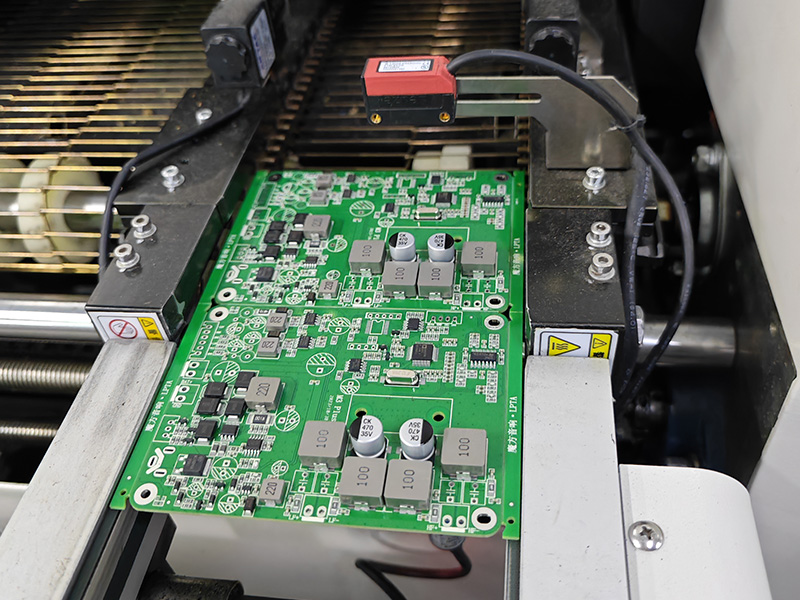
5. ready for reflow soldering
-

6. reflow soldering done
-
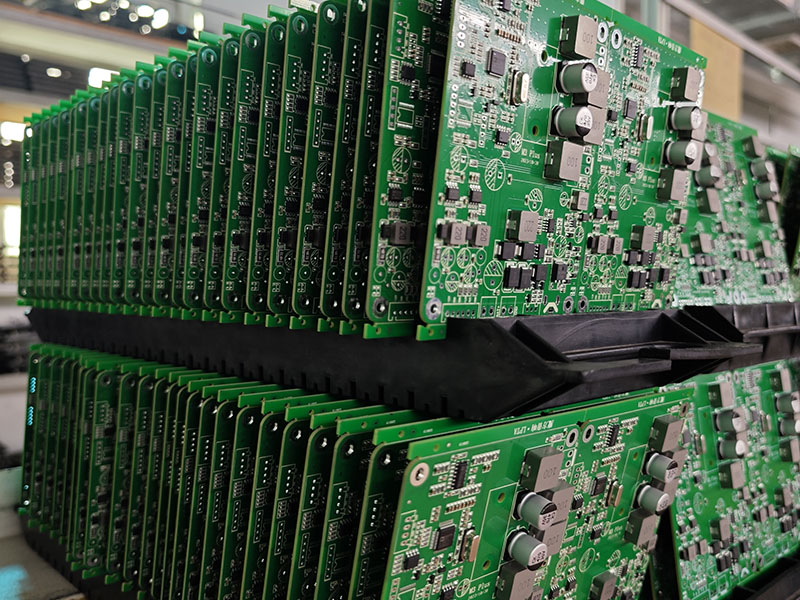
7. ready for AOI
-
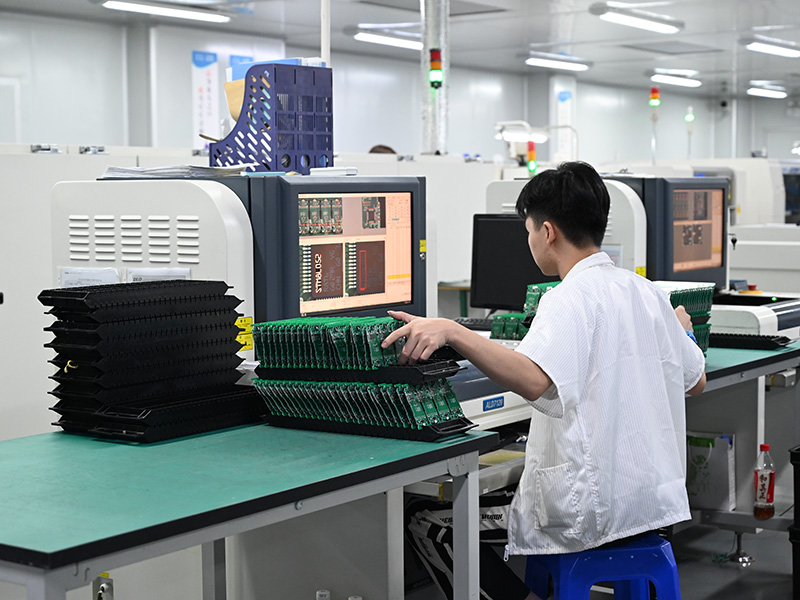
8. AOI inspection process
-

9. THT component placement
-
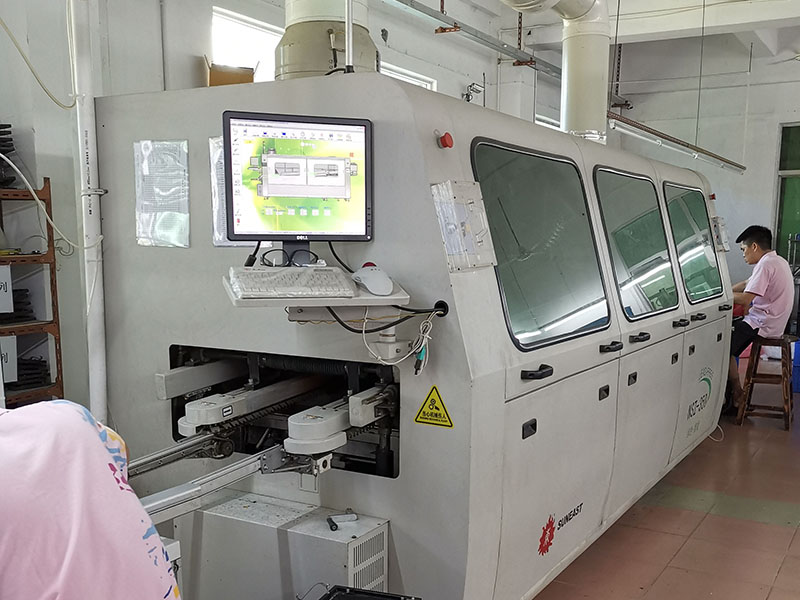
10. wave soldering process
-

11. THT assembly done
-
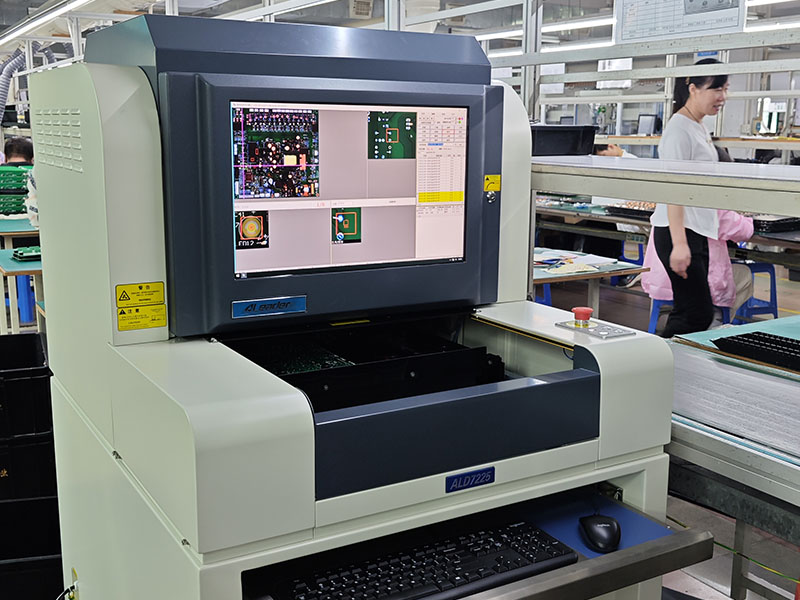
12. AOI Inspection for THT assembly
-
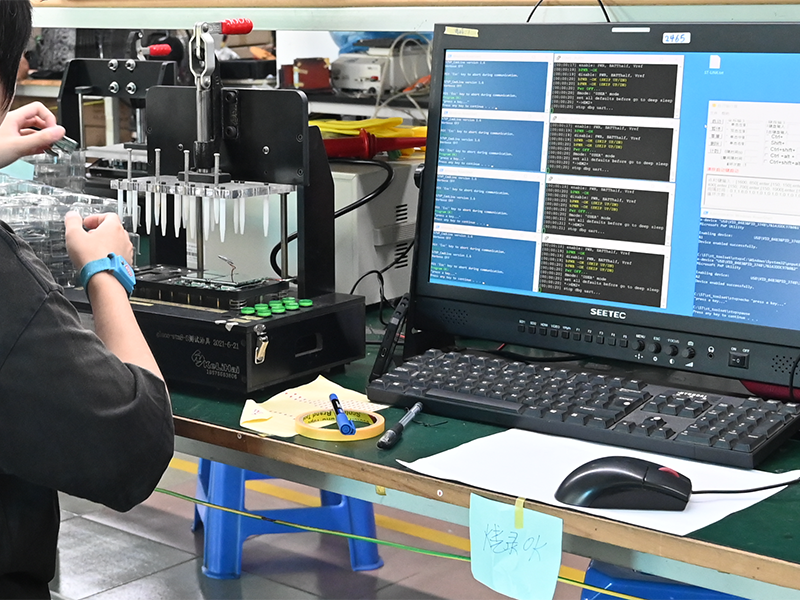
13. IC programming
-

14. function test
-
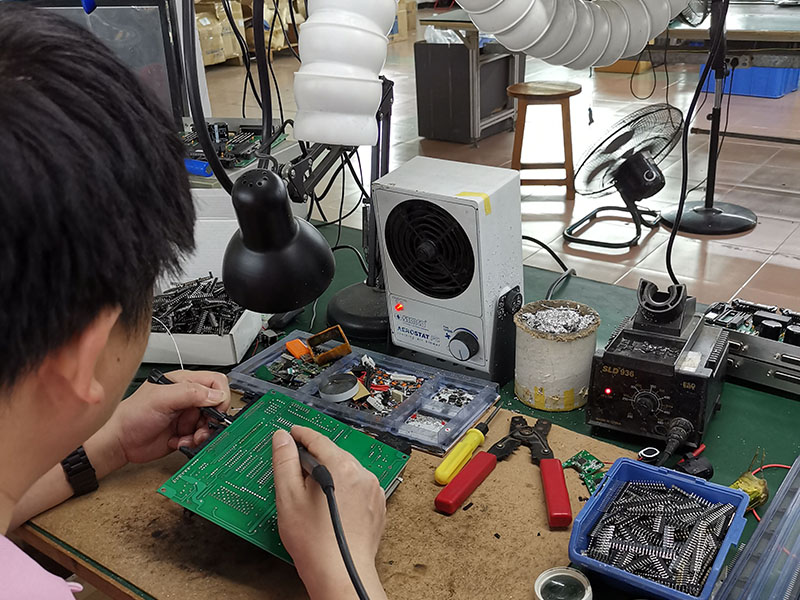
15. QC Check and Repair
-
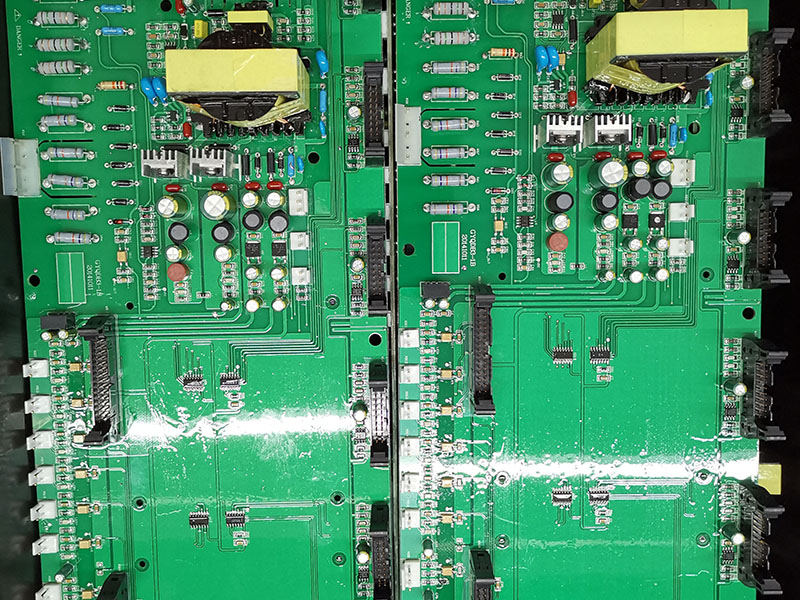
16. PCBA conformal coating Process
-
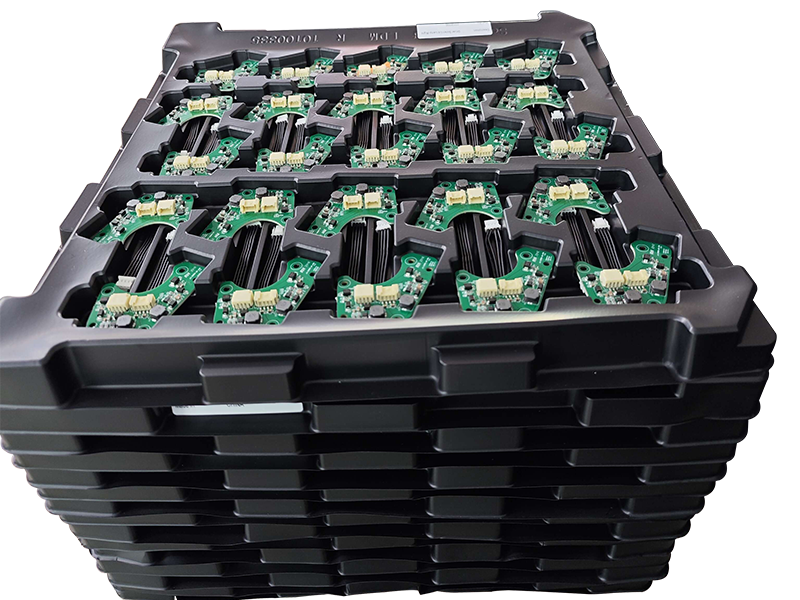
17. ESD packing
-
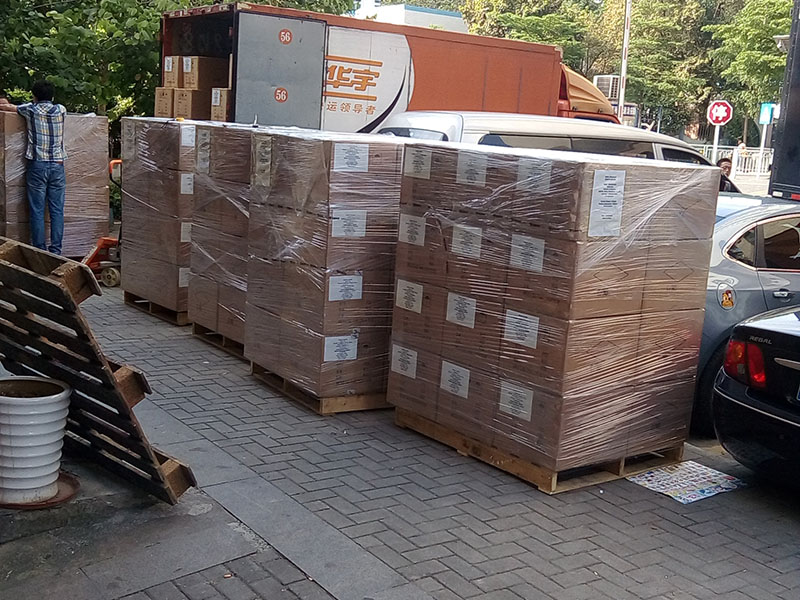
18. Ready for Shipping
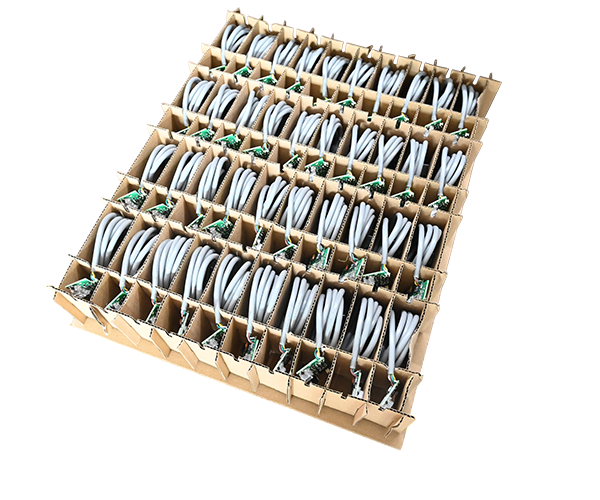
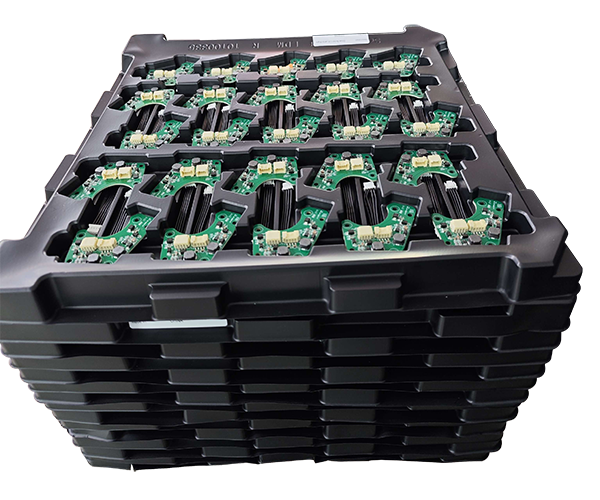

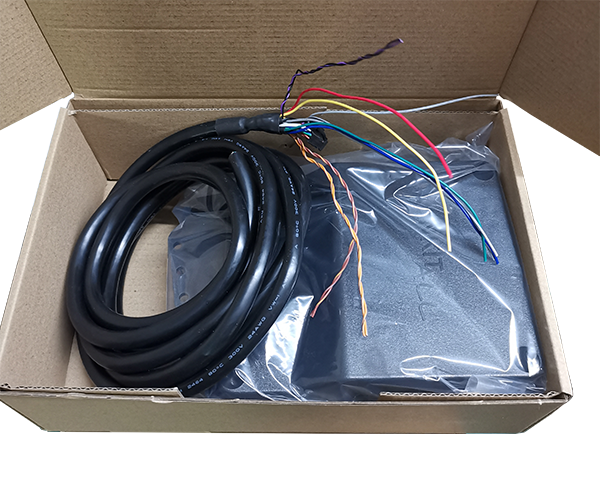
Home Appliance PCBA
Industrial Control PCBA
Automobile PCBA
Consumer Electronics PCBA
Medical Equipment PCBA
Security System PCBA
Healthcare PCBA
LED Lighting PCBA
IoT PCBA
Electric Gardening Tool PCBA
-
Delivery Service






-
Payment Options






